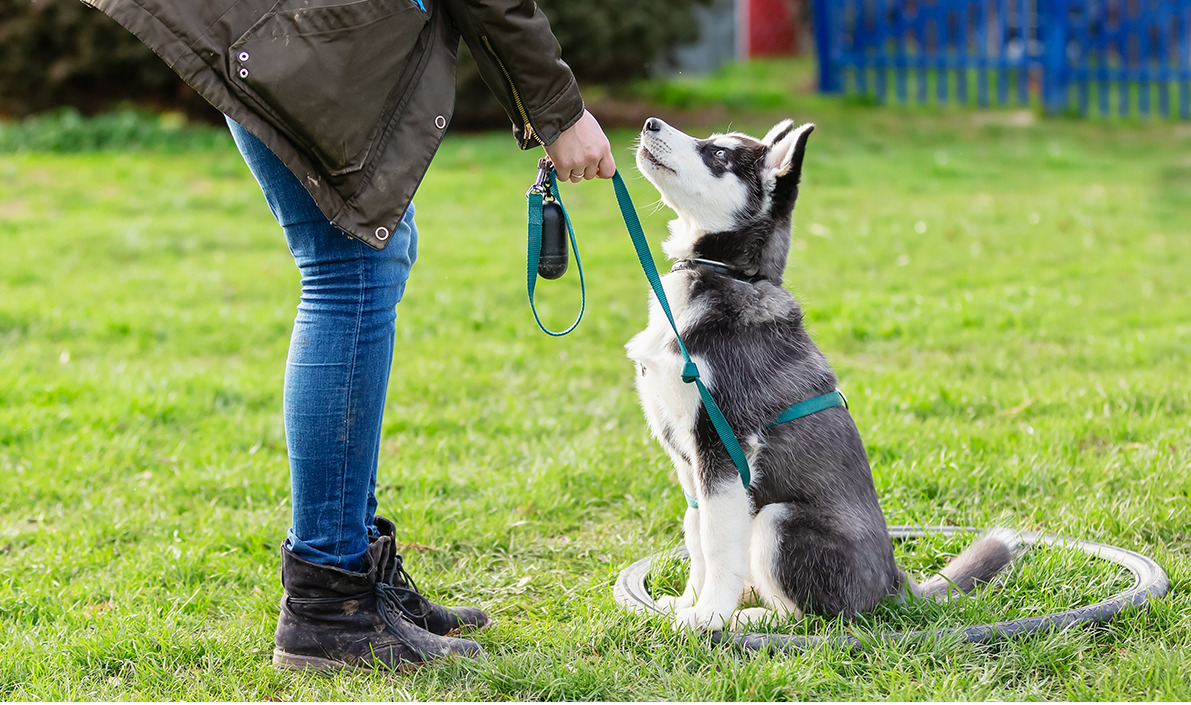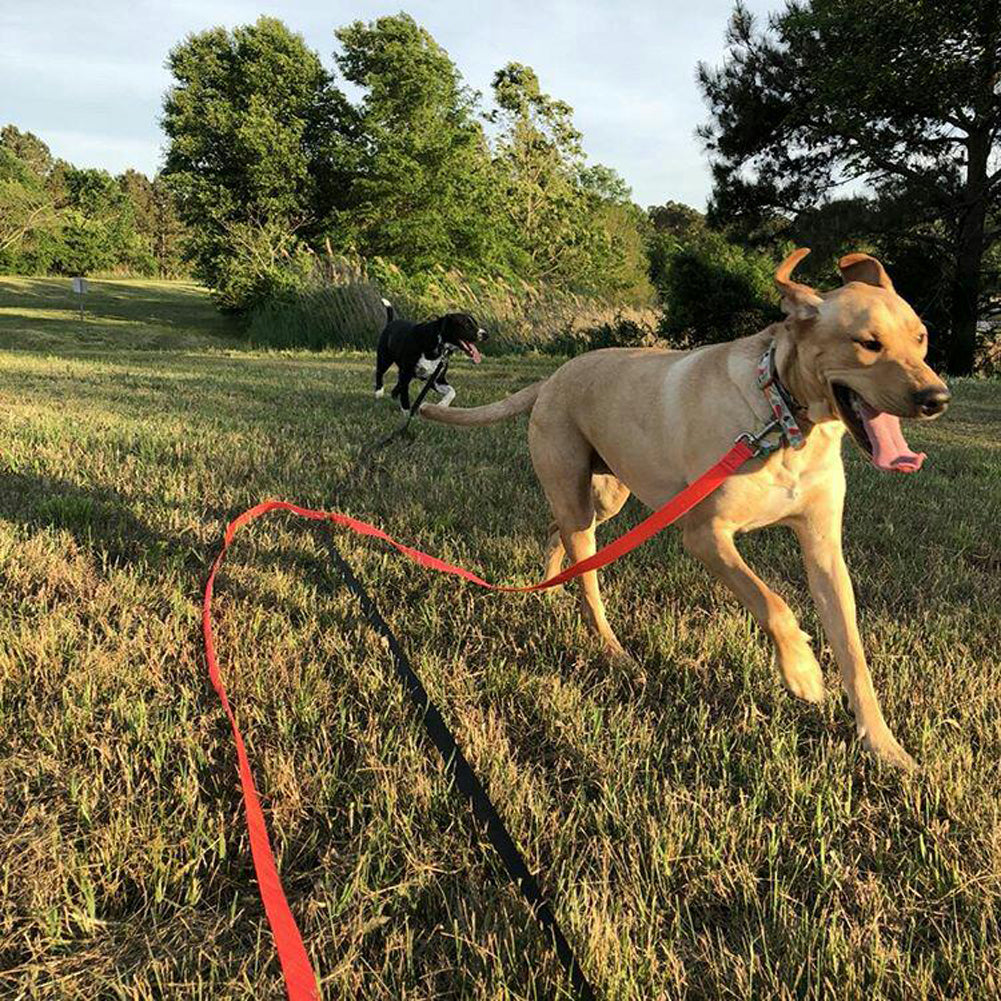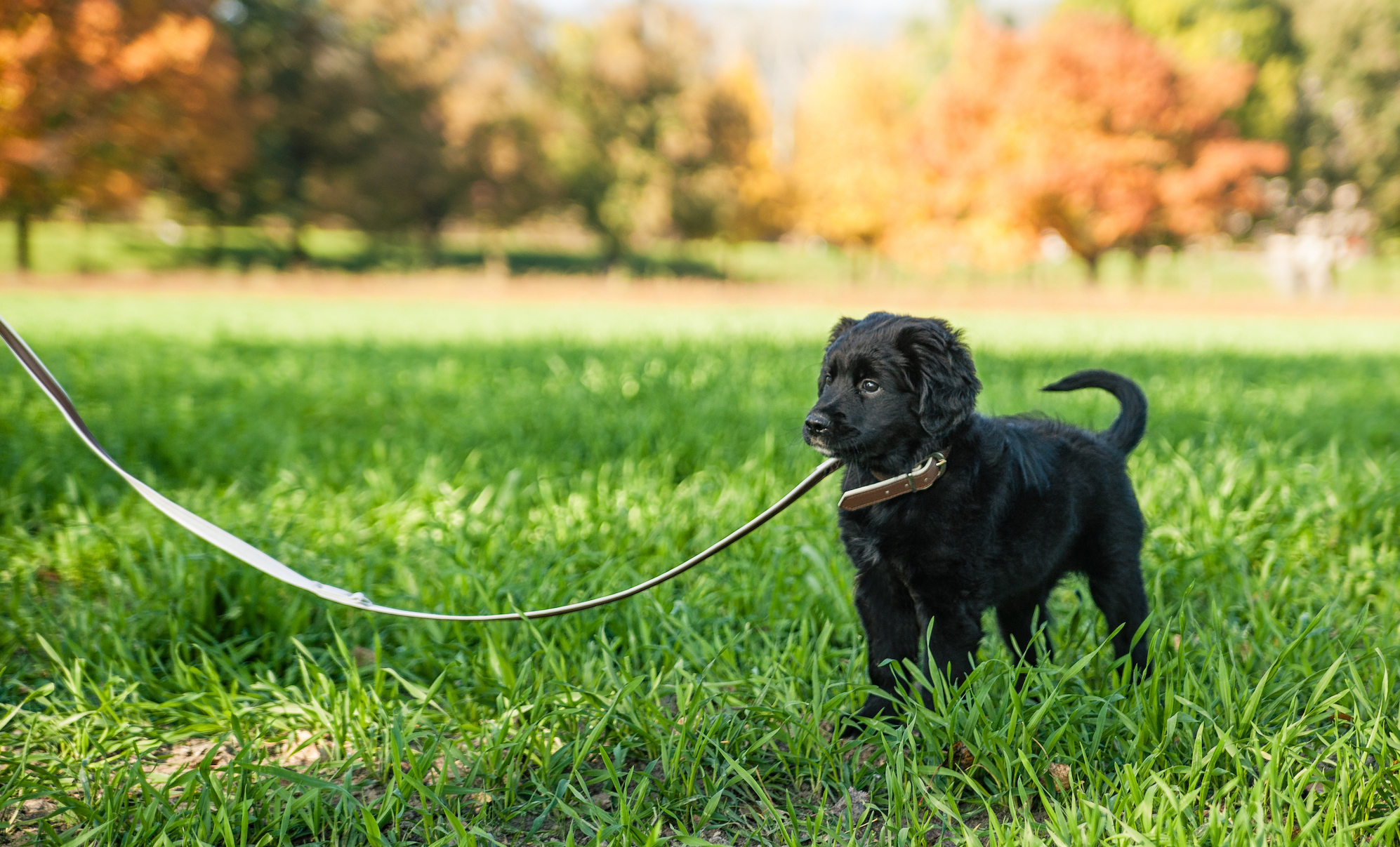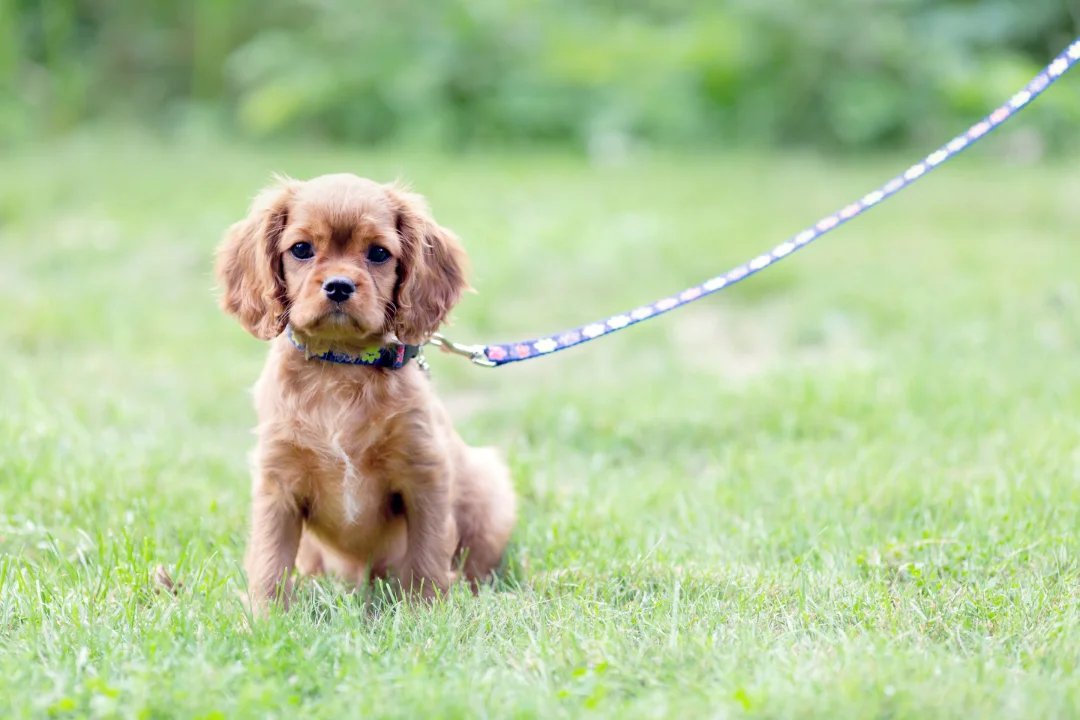Introduction: Understanding the Importance of Leash Training
Leash training is a fundamental aspect of owning a dog. It not only ensures the safety of your pet but also enhances the bond between you and your furry friend. In this comprehensive guide, we will delve into the intricacies of mastering dog leash training, from the basics to advanced techniques. Whether you’re a novice dog owner or looking to refine your training methods, this guide will equip you with the knowledge and skills necessary to effectively leash train your canine companion.
The Basics of Dog Leash Training
Establishing the Foundation for Success
Before embarking on leash training, it’s essential to lay down the groundwork for success. This section will cover the fundamental principles and preparatory steps that set the stage for effective leash training.
Choosing the Right Leash and Collar
Selecting the Appropriate Gear for Training Sessions
The first step in leash training is choosing the right equipment. From traditional leashes to harnesses and collars, understanding the different options available is crucial for ensuring your dog’s comfort and safety during training sessions.
Understanding Canine Behavior
Interpreting Your Dog’s Signals and Body Language
Effective leash training requires a deep understanding of canine behavior. By learning to interpret your dog’s signals and body language, you can anticipate their reactions and tailor your training approach accordingly.

Building Positive Associations
Creating a Rewarding Training Experience
Positive reinforcement is a cornerstone of effective leash training. This section will explore various techniques for rewarding desired behaviors and fostering a positive association with the leash and training sessions.
Basic Leash Training Exercises
Mastering Essential Commands and Skills
Once you’ve laid down the groundwork, it’s time to dive into basic leash training exercises. From teaching your dog to walk politely on a leash to mastering essential commands such as “sit,” “stay,” and “heel,” this section will guide you through the foundational skills necessary for a well-trained canine companion.
Addressing Common Challenges
Overcoming Obstacles Along the Training Journey
Leash training may come with its fair share of challenges. From pulling and leash reactivity to distractions and fear, this section will provide strategies for overcoming common obstacles encountered during the training process.

Advanced Leash Training Techniques
Elevating Your Training to the Next Level
Once you’ve mastered the basics, you can begin to explore advanced leash training techniques. This section will cover topics such as off-leash training, advanced commands, and refining your dog’s leash manners to achieve a higher level of obedience and control.
Incorporating Real-World Scenarios
Practicing Leash Training in Everyday Situations
Leash training isn’t confined to the training field – it’s an ongoing process that extends to real-world scenarios. From navigating busy streets to encountering other dogs and people, this section will provide guidance on applying leash training principles in everyday situations.
Maintaining Consistency and Patience
The Key to Long-Term Success
Consistency and patience are essential virtues in leash training. This final section will emphasize the importance of maintaining consistency in your training regimen and exercising patience as you work with your dog to achieve lasting results.

Expanding Training Beyond the Leash: Beyond Basic Commands
Exploring Additional Training Opportunities
While leash training is crucial for everyday walks and outings, it’s also beneficial to expand your dog’s training beyond the leash. This section will discuss advanced training opportunities, such as agility training, obedience competitions, and specialized tasks like service or therapy work, which can further strengthen the bond between you and your canine companion.
The Role of Exercise and Mental Stimulation
Enhancing Training Effectiveness through Physical and Mental Activity
In addition to leash training sessions, providing adequate exercise and mental stimulation is essential for a well-rounded, well-behaved dog. This section will explore the importance of regular exercise and engaging activities to maintain your dog’s physical health and mental well-being, ultimately complementing your leash training efforts.
Understanding Individual Needs and Preferences
Tailoring Training Methods to Suit Your Dog’s Personality
Every dog is unique, with its own personality, temperament, and preferences. Tailoring your training methods to suit your dog’s individual needs is key to achieving success. Whether your dog is highly energetic, easily distracted, or timid, this section will provide insights into adapting your training approach to accommodate their specific characteristics.

Celebrating Milestones and Progress
Recognizing Achievements Along the Training Journey
As you progress through your leash training journey, it’s important to celebrate milestones and acknowledge the progress you and your dog have made together. This section will emphasize the importance of positive reinforcement and encouragement, both for your dog’s confidence and your own motivation to continue refining your training skills.
Fostering a Lifelong Connection
Building a Lasting Bond Based on Trust and Respect
Ultimately, leash training is about more than just teaching your dog to walk politely on a leash—it’s about fostering a lifelong connection built on trust, respect, and mutual understanding. By embracing the principles of positive reinforcement, patience, and consistency, you can cultivate a deep and meaningful bond with your canine companion that extends far beyond the training sessions.
Seeking Professional Guidance
Utilizing the Expertise of Trainers and Behaviorists
While this guide offers comprehensive training techniques, sometimes seeking professional guidance is necessary, especially for complex behavioral issues or specialized training goals. This section will discuss the benefits of working with experienced trainers and behaviorists who can provide personalized guidance and support to address specific challenges and enhance your dog’s training experience.
Conclusion: Empowering You and Your Canine Companion
Leash training is a journey that requires dedication, patience, and understanding. By mastering the techniques outlined in this comprehensive guide, you can forge a stronger bond with your dog while ensuring their safety and obedience in any environment. Remember, with the right approach and mindset, you have the power to unlock your dog’s full potential as a well-trained and obedient companion.










